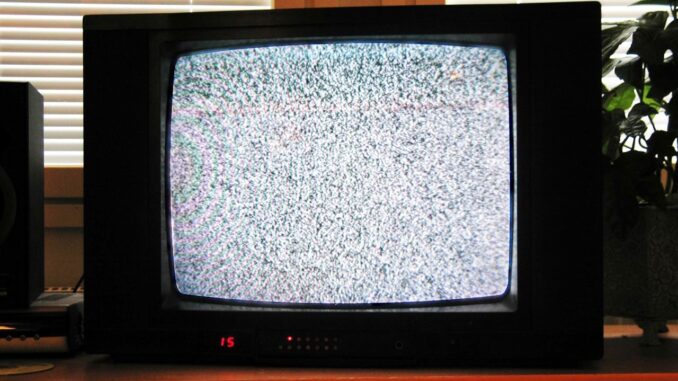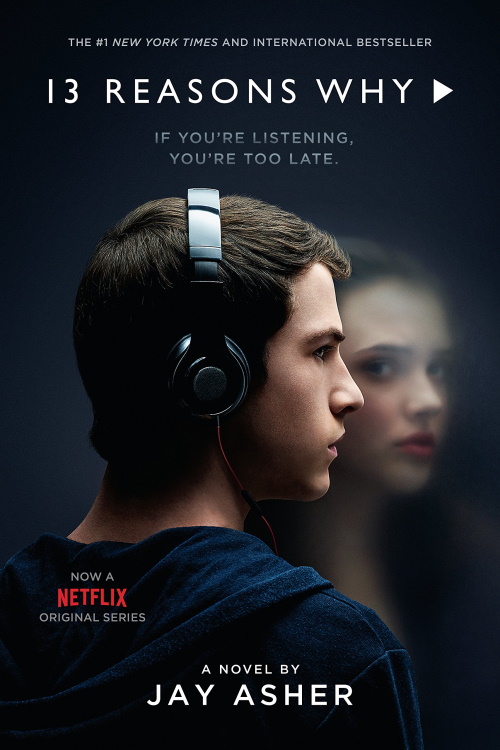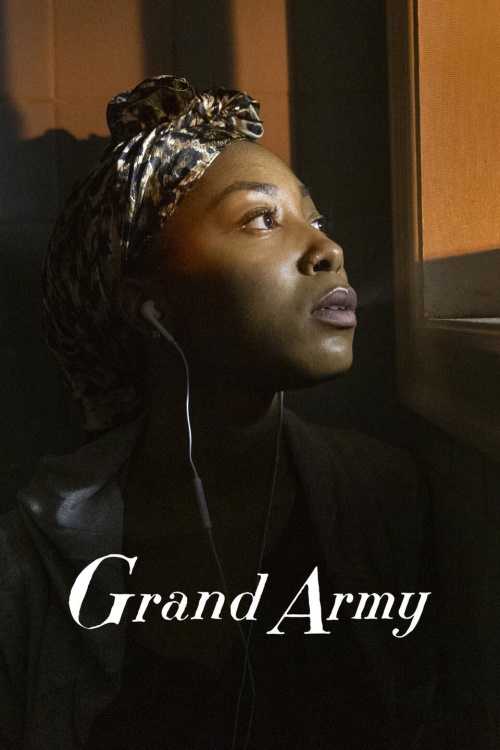
Trigger warning: The following article includes discussion of suicide and sexual assault.
Many trendy teen dramas have tried to cover serious mental health conversations. Some have succeeded. Others have failed so miserably that the results were fatal.
THE WORST
Nominees for the worst in the category: Riverdale, The Secret Life of an American Teenager and Thirteen Reasons Why
The Loser: Thirteen Reasons Why

I have such a high threshold for “bad” entertainment. But Thirteen Reasons Why didn’t get this title because it’s “bad.” Don’t get me wrong — it’s terrible. The writing is corny for such a profound subject matter, the casting is mind-blowingly unbelievable given that some of the high-schoolers look like they’re on the verge of forming wrinkles and for such a recent show it’s so unmodern and behind its time (think: Clay, who’s heterosexual, having a monologue about how easy it is to come out as gay in 2017).
But the reason 13RW earned this title is for its irresponsible execution and for the frightening — and in some cases, life-ending — impacts it has had on viewers.
In fact, after the show debuted there was a 28.9% increase in suicide that was correlated to viewing the show (though causation technically cannot be proved).
The teen drama takes a postmortem approach to chronicling the life of 17-year-old Hannah Baker. Hannah is a young girl who takes her life, but first leaves a box of cassette tapes in which she clearly details who and what led her to her fatal decision. The box of tapes are to be distributed to and listened to by each of the 13 people who she blames for her fate (a plot point some say glamorized suicide).
The stories explored in each cassette depict evils ranging from spreading rumors about her, to stalking, to rape. But the point is clear: that even the actions that seemed small at first led to other events or impacted her in huge ways eventually leading to so much trauma that life was entirely intolerable.
On paper, this is a story about suicide. My biggest problem with the show, though, is that in actuality it’s about everything but that.
The show came out in 2017, a time where there was fortunately an abundance of wisdom and research about what forms of suicide prevention and awareness were effective and what forms were not. Research has proven that graphic depictions of suicide have adverse impacts on suicide prevention efforts, potentially even increasing a suicidal person’s desire to act on their desire.
That’s part of why I find it surprising that a series allegedly focused on suicide prevention concluded with a brutally and uncomfortably graphic (though now deleted) scene of Hannah killing herself. The final scene represented the antithesis of responsible suicide portrayal.
The second main problem is that there’s no aspect of the show that depicts a healthy way to respond to self-harm ideations. It instead seems to perpetuate the idea that if you are suicidal there’s nowhere to turn — a depiction that could be fatal for people who are depressed.
If a reasonable, well-intending person set out to make a film aiming to help remedy the issue of suicide you’d think there’d be a character(s) struggling with the issue (in this case, Hannah Baker) but then another character or dimension of the show that demonstrates a positive, healthy response to these thoughts or a place to turn.
Every other TV show I can think of that depicts a suicidal character also shows the ways they got better or, if not them, the way another character got better.
At first, 13RW seems to take the approach to suicide prevention that suggests, “If everyone treated others with kindness, maybe people wouldn’t feel so alone and suicide wouldn’t be an option they considered.” The protagonist, Clay, says of every character who played a role on the cassette tapes that if they had acted differently, Hannah would still be alive.
But if that’s the approach this show was taking, why is it that no character exemplifies that? They respond to the bullying that played a role in Hannah’s death by bullying others. Even people mentioned on the cassette tapes verbally and physically abuse others.
Then the show continues to display scenes that some theorize are solely meant to increase ratings and public discourse about the issue although they’re at the expense of triggering those who are already dealing with mental illnesses (think: the final scene and the multiple, graphic assault scenes).
Even when Netflix was faced with this information, they responded with a study they led that found that suicidal teens who watched the show had lower frequencies of suicidal ideations than those who did not. But the study also found that those who stopped watching before the finale had higher rates of suicidal ideations than those who never started watching to begin with.
With all of this information, you’d think Netflix would take the series down, right? It’s better to not risk a show that hundreds of mental health professionals and credible studies advise against. Right?
No.
Netflix removed the final scene and added one dinky trigger warning. Not only did they keep the rest of the series, they actually added two more seasons.
Now I’m not saying that they kept the show and continued renewing the license (against the advice of mental health professionals) solely for money. But they surely weren’t keeping it around for its high quality or positive impact.
Thirteen Reasons Why simply acted out a bestselling novel by the same name but the creators and writers did not do their due diligence in terms of actually figuring out the best way to portray such an important, sensitive and profound topic.
THE BEST
Nominees for the best in the category: All American, Degrassi, Grand Army and Atypical
The Winner: Grand Army

The winner of this could’ve been any of the nominees, but Grand Army really hit close to home.
Grand Army is based on the play SLUT, which is written by feminist and playwright Katie Cappiello. The story chronicles a young girl’s experience after she is raped by some of her closest friends. Cappiello co-wrote the book with high-schoolers, which is clear in how accurate her storytelling feels.
Grand Army, though, is a Netflix series that expands upon SLUT and features other storylines that gracefully tackle issues like racism, class inequality and homophobia.
The series was so significant because it was one of the very few times I’ve ever seen a series tell the story of sexual assault in a way that felt this accurate and realistic.
So many shows and films show a person surviving a violent attack itself, but they don’t show them surviving the fear, shame, PTSD and process of reporting it to the police which they experience in the days and years after.
Maybe the real story is in this part of the process, though, which is arguably just as (if not more) painstaking and traumatic as the event itself. But shows like Law & Order: Special Victims Unit exemplify depictions of rape that really just show the tip of the iceberg in a very poor effort to squeeze a possibly life long story into the 50 minute running time.
I personally have never seen a teen drama cover sexual violence with as much honesty and realism as Grand Army did, and I think many survivors who saw it finally felt seen.
The same can be said for the show’s coverage of racism in the education system. I’ve never cried and gasped so much watching a Netflix series than I did watching this one. I’ve also never felt so seen. If you haven’t watched it, I highly recommend it.

